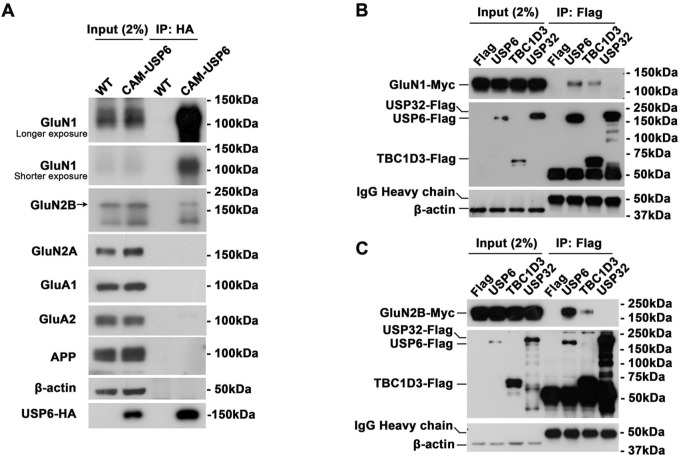Fig 6. USP6 interacts with NMDA receptors.
(A) Characterizing interactions between USP6-HA and glutamate receptor subunits by co-IP. WT and CAM-USP6 mouse brain lysates were precipitated with anti-HA magnetic beads, and precipitates were subsequently immunoblotted with antibodies to detect GluN1, GluN2B, GluA1, GluA2, APP, and β-actin. (B) co-IP interactions between exogenously expressed GluN1-Myc and Flag-tagged USP6, TBC1D3, or USP32. GluN1-Myc and USP6-Flag/TBC1D3-Flag/USP32-Flag were detected in lysates from cotransfected HEK293T cells; anti-Flag complexes were immunoprecipitated from lysates with an anti-Flag antibody and immunoblotted with a Myc antibody. (C) co-IP interactions detected between exogenously expressed GluN2B-Myc and USP6-Flag/TBC1D3-Flag/USP32-Flag. GluN1-Myc and USP6-Flag/TBC1D3-Flag/USP32-Flag were cotransfected into HEK293T cells, and complexes were immunoprecipitated from lysates with an anti-Flag antibody and immunoblotted with a Myc antibody. APP, amyloid precursor protein; CAM, CamK2a; co-IP, coimmunoprecipitation; Glu, glutamate ionotropic receptor; HA, hemagglutinin; IB, immunoblot; IgG, immunoglobulin G; IP, immunoprecipitation; NMDA, N-methyl-D-aspartate; TBC1D3, TBC1 domain family member 3; USP, ubiquitin-specific protease; WT, wild-type.

